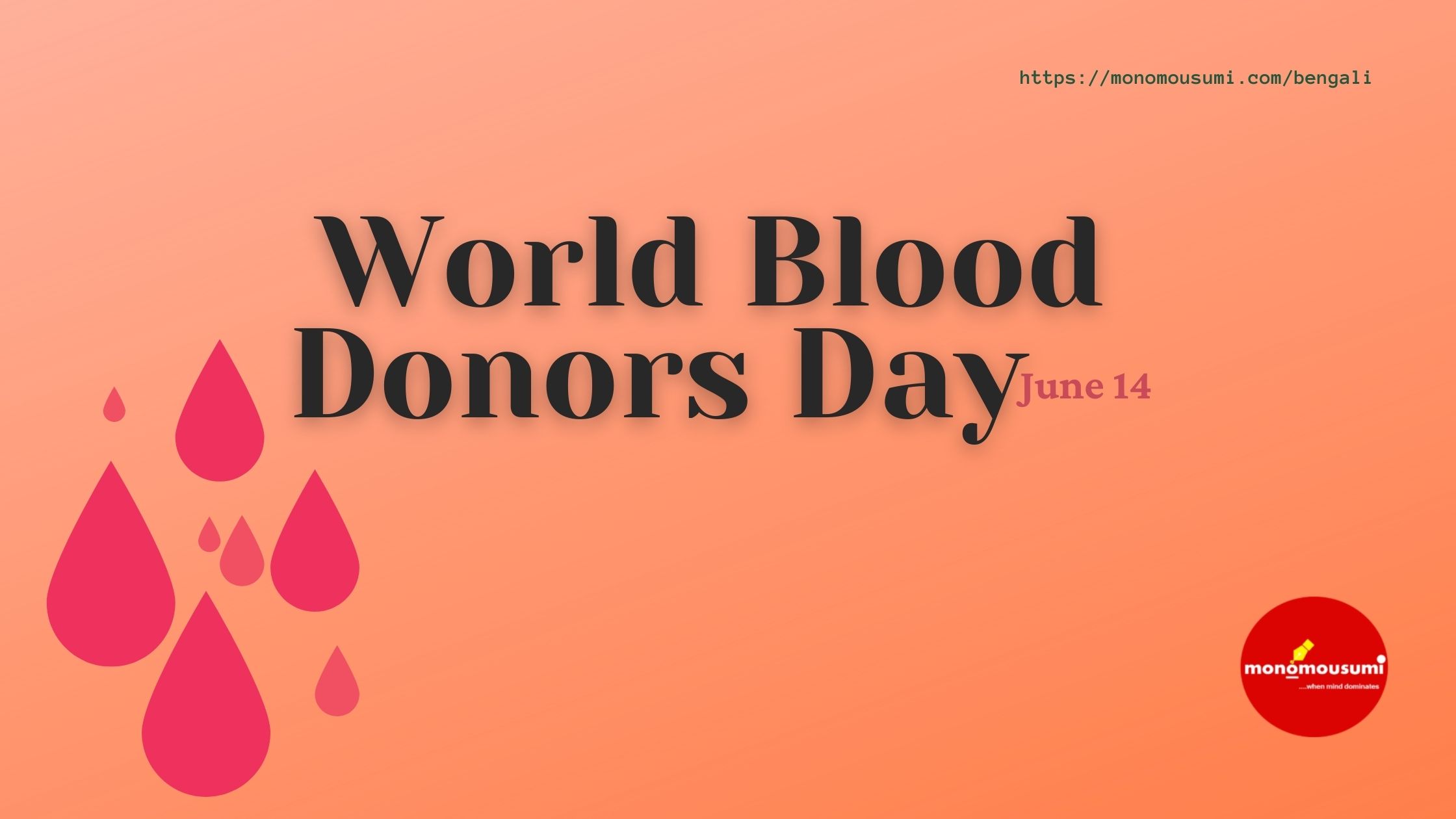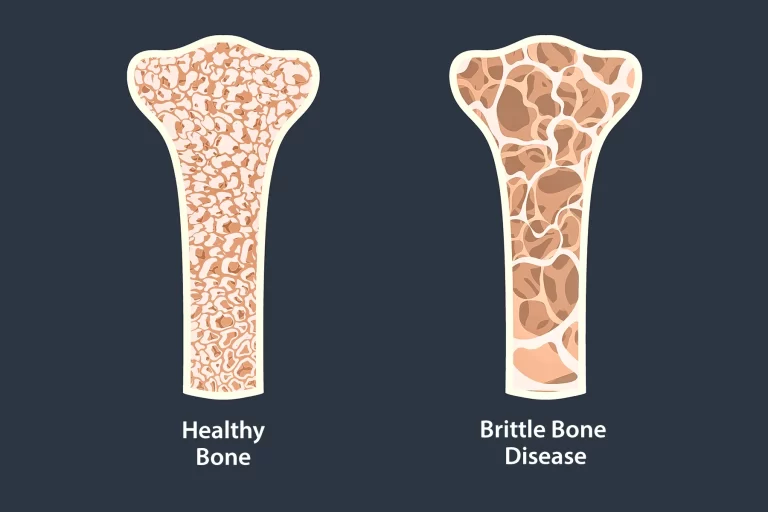
“Everyone can’t do great things, but small things can be done with great love.”
– Mother Teresa.
One among those small things is BLOOD DONATION.
You need not be rich or expertise to help someone. Being a healthy human is enough to save the lives of many. All you need is to be humane.
Hence, for promoting such humanitarian acts of donating blood and respecting blood donors, we celebrate World Blood Donors Day on June 14 of every year. The event was first organized in 2005 by the World Health Organization (WHO) in cooperation with the International Federation of Red Cross (IFRC) and Red Crescent Societies. The motto is to bring awareness for blood donation and to thank donors. June 14 is also the birthday anniversary of Karl Landsteiner, a Pioneer scientist in this field. He received the Nobel Prize for the discovery of the ABO blood group system.
If we go through the blood and blood transfusion story, it begins with William Harvey, an English physician who discovered blood circulation in 1628. And then, the first blood transfusion was done in 1665 by Physician Richard Lower. He was successful in keeping the dog alive by transfusing blood from other dogs.
After a successful blood transfusion in dogs, transfusions from sheep to humans were reported in 1667. Although experiments were going on, it took 130 years to perform such a similar operation between humans. The first human blood transfusion was carried out in 1795. This technique for the treatment of postpartum hemorrhage was first performed by Dr. James Blundell in 1818.
These successful operations inspired scientists to perform further more experiments on blood. It was the point that our science has seen blood not just as a red-colored liquid that flows from top to bottom in a living being, but as an elixir within the body that saves others lives too.
Karl Landsteiner, an Austrian physician, discovered the human blood groups A, B, and O in 1901. Later fourth group AB was discovered in 1902.
In 1914, sodium citrate, a long-term anticoagulant, was developed that allowed longer preservation of blood.
Later the Rhesus factor was identified. With this Rh factor, the 8 most prevalent blood types were identified A+, A-, B+, B-, AB+, AB-, and O+, O-. This landmark identification of blood groups led to BLOOD TYPING – it is a method to tell what type of blood one has. With this specific classification of blood, one can safely donate or receive a blood transfusion.
These advancements have convinced doctors and scientists to establish blood banks for treating people in emergency conditions.
The first blood bank was established in 1932, Leningrad, Russia. And the first hospital with blood bank in 1937 in the United States. With the outbreak of World War II, Blood transfusion was practiced extensively for saving soldiers injured in war.
Coming to India, the first records of the voluntary blood donation initiative can be traced back to 1942, during World War II. The first blood bank was established in Kolkata. Dr. J. G. Jolly also referred to as “Father of Transfusion Medicine in India”, pioneered the voluntary blood donation movement in India.
This is the inspiring journey of blood from centuries and how our great scientists decoded it from a red liquid to today’s BLOOD comprising of
- Different blood groups
- Red cells – carries oxygen
- White cells – fights with infection
- Platelets – stop the bleeding of wounds
- Plasma- contains proteins, salt, and transport blood cells throughout the body.
But the question remains! Have we mentally developed ourselves to donate blood? In many countries, including India, people are still unaware of blood donation. Superstitions and communal beliefs of illiterates and unnecessary myths of literates are hindering blood donation.
The most common myths in blood donation are:
- Blood donation is very painful.
- Blood donation is not for vegetarians.
- Blood donation is not for women.
- Blood donors become obese.
- Donating blood makes the immune system weak.
- A blood donor is prone to infections.
- People who are lighter weight are not supposed to donate blood.
They are many more such myths that are not true, myths mentioned above can prove wrong scientifically.
Even smokers and alcoholics can donate blood, but they should avoid smoking for three hours after donating and alcohol for 24 hours before donating blood.
Anyone who is above 18 years old with a weight of at least 50 kilograms and not suffering from any transmittable diseases can donate blood.
If we are healthy and meet the above criteria, then we can undoubtedly donate our blood. Some of the facts of blood donation are
- An average healthy adult has nearly 5000ml-6000ml of blood. He can donate 350 ml of blood, which is approximately 7%-8% of the total blood of his body. He can regain this blood within 48 hours and red blood cells in 6-7 weeks.
- The process of donation takes just 30 minutes.
1) Medical checkup -5 minutes
2) Collecting blood -10 minutes
3) Having refreshments and rest – 15 minutes.
- Blood that is collected can be preserved for up to 42 days at 6℃ temperature.
- With one donation, we can save up to 3 members in their emergency.
We can buy anything with money and power, but there is no substitute for blood. If we need blood, then we only need the blood. Nothing else can work. Thus Blood Donation is considered as the highest act that a human can do for a fellow human. Red Cross Society, Rotary blood bank, and many other NGOs were relentlessly working to make people aware of the significance of blood donation. In connection to this, we all celebrate World Blood Donors Day on June 14.
We only have blood relations with family, but by donating blood, we will become part of Vasudhaiva Kutumbakam– the Sanskrit phrase which means the world is one family. So unleash the humane within you
Give Blood, Give Life.
By S L Aiswarya, Telangana


